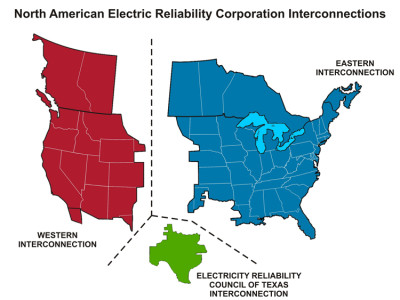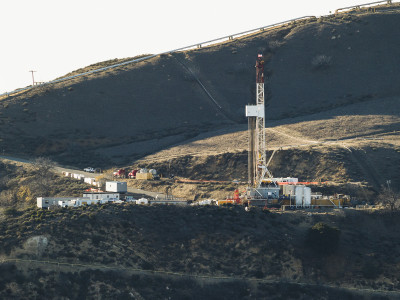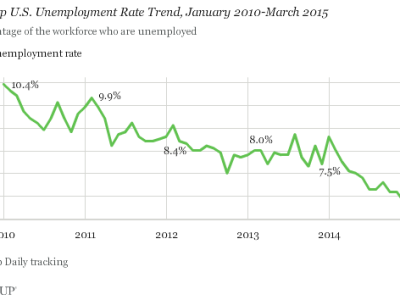Regulation
The End-game for Diablo Canyon?
A landmark agreement supports the closure of a controversial nuclear plant.
Today’s announcement that the Pacific Gas & Electric Company (PG&E) has reached an agreement with several environmental and labor groups to plan for the eventual shutdown of the Diablo Canyon Nuclear Plant is a stunning development, when viewed in an historical perspective. PG&E has agreed not to seek new licenses for its power plant that …
Continue reading “The End-game for Diablo Canyon?”
CONTINUE READINGGaming Out Environmental Law: 2017-2019
The heavens or the abyss? Or somewhere in between?
What happens after November? A lot depends on who’s the next President, but the congressional elections also matter. Basically, a Trump victory would mean at least a rollback of much of Obama’s environmental legacy, and perhaps passage of the current House deregulatory agenda into law. A Clinton victory would be likely to preserve or strengthen the …
Continue reading “Gaming Out Environmental Law: 2017-2019”
CONTINUE READINGCalifornia Fines SoCal Gas for Corroded Pipe Casings
The CPUC issued the fine after finding dozens of violations
The California Public Utilities Commission (CPUC) issued a citation for violations of a federal regulation on Southern California Gas Co. (SoCal Gas) totaling $2.25 million. The citation is based on forty-five violations of a federal regulation requiring that operators “take prompt remedial action to correct any deficiencies indicated by” external corrosion monitoring. According to the May …
Continue reading “California Fines SoCal Gas for Corroded Pipe Casings”
CONTINUE READINGFinding Least-Conflict Lands For Solar PV In California’s San Joaquin Valley — And Beyond
New CLEE report identifies 470,000 acres of ideal land for solar PV, with 4pm webex briefing with state officials
To achieve California and the post-Paris world’s climate goals, we’re going to need a whole lot more renewable energy. Given current market trends, much of it will come from solar photovoltaic (PV), which has gotten incredibly cheap in the last few years. But deploying these solar panels at utility scale will mean major changes to …
CONTINUE READINGFormer Massey Energy CEO Sentenced to Prison for Actions Leading to 2010 Coal Mine Disaster
What Broader Environmental and Worker Safety Enforcement Lessons Can Be Learned Here?
A federal district judge on Wednesday sentenced Don Blankenship, the former Chief Executive of Massey Energy, to serve one year in federal prison–the maximum term allowed by law–and to personally pay a criminal penalty of $250,000 for Blankenship’s acts of omission and commission that led to the notorious 2010 coal mining disaster at Massey’s Upper …
CONTINUE READINGUCLA Files Amicus Brief on Behalf of Electric Grid Experts in “Clean Power Plan” Case
Supporting EPA’s regulation of power-sector carbon emissions
Today, several of us at UCLA Law School’s Emmett Institute on Climate Change and the Environment—me, Cara Horowitz, Sarah Duffy, & Ann Carlson—together with Professor William Boyd of University of Colorado Law School, filed an amici curiae brief on behalf of five electric grid experts in support of the U.S. Environmental Protection Agency’s “Clean Power Plan” …
CONTINUE READINGMitigating the Climate Impacts of Aliso Canyon
Staff from California Air Resources Board released the Draft Aliso Canyon Methane Leak Climate Impacts Mitigation Program last week. While the program has yet to gain approval by the Board, the final version will probably not change much. Overall, the Draft Program signals ARB’s desire to take full advantage of the political will and financial …
Continue reading “Mitigating the Climate Impacts of Aliso Canyon”
CONTINUE READINGLabor Mobility and Environmental Regulation
Net job loss is small, but the effects of regulation might leave some workers stranded.
Regulators should give some thought to issues of labor mobility, which may be smaller than economists have assumed. Recent studies show that people who lost manufacturing jobs due to competition from China often failed to get new jobs in other places or sectors of the economy. Regulation can also cause some individual to lose their …
Continue reading “Labor Mobility and Environmental Regulation”
CONTINUE READINGGuest Blogger David Spence: Why Some Electricity Markets Will Struggle With Decarbonization
David Spence is Professor of Law, Politics & Regulation at the University of Texas at Austin
Recently the New York Times published an article chronicling the financial problems experienced by one of the world’s premier developers of concentrated solar power (CSP) facilities. The financial headwinds facing CSP are a sign of a more fundamental problem electricity markets face: namely, capturing all of the important values we attach to electricity production. Most …
CONTINUE READINGCreating An Exit Strategy for Our Use of Natural Gas
To meet long-term greenhouse gas reduction goals, all fossil fuels have to go, even natural gas.
Coal is the climate’s Public Enemy #1. The use of natural gas has helped to ensure that the coal problem has not become even worse. Without natural gas, we would use more coal for space heating and for many more industrial processes than is currently the practice. Without natural gas, our reliance on coal for …
Continue reading “Creating An Exit Strategy for Our Use of Natural Gas”
CONTINUE READING










